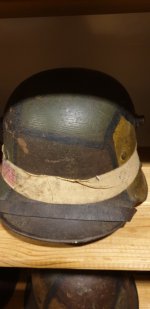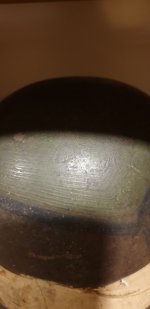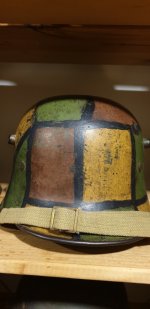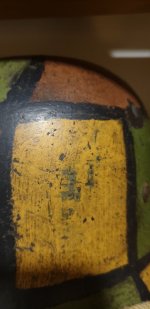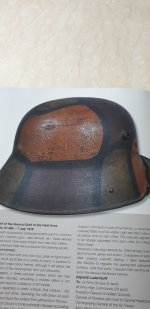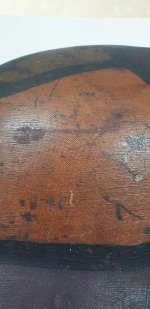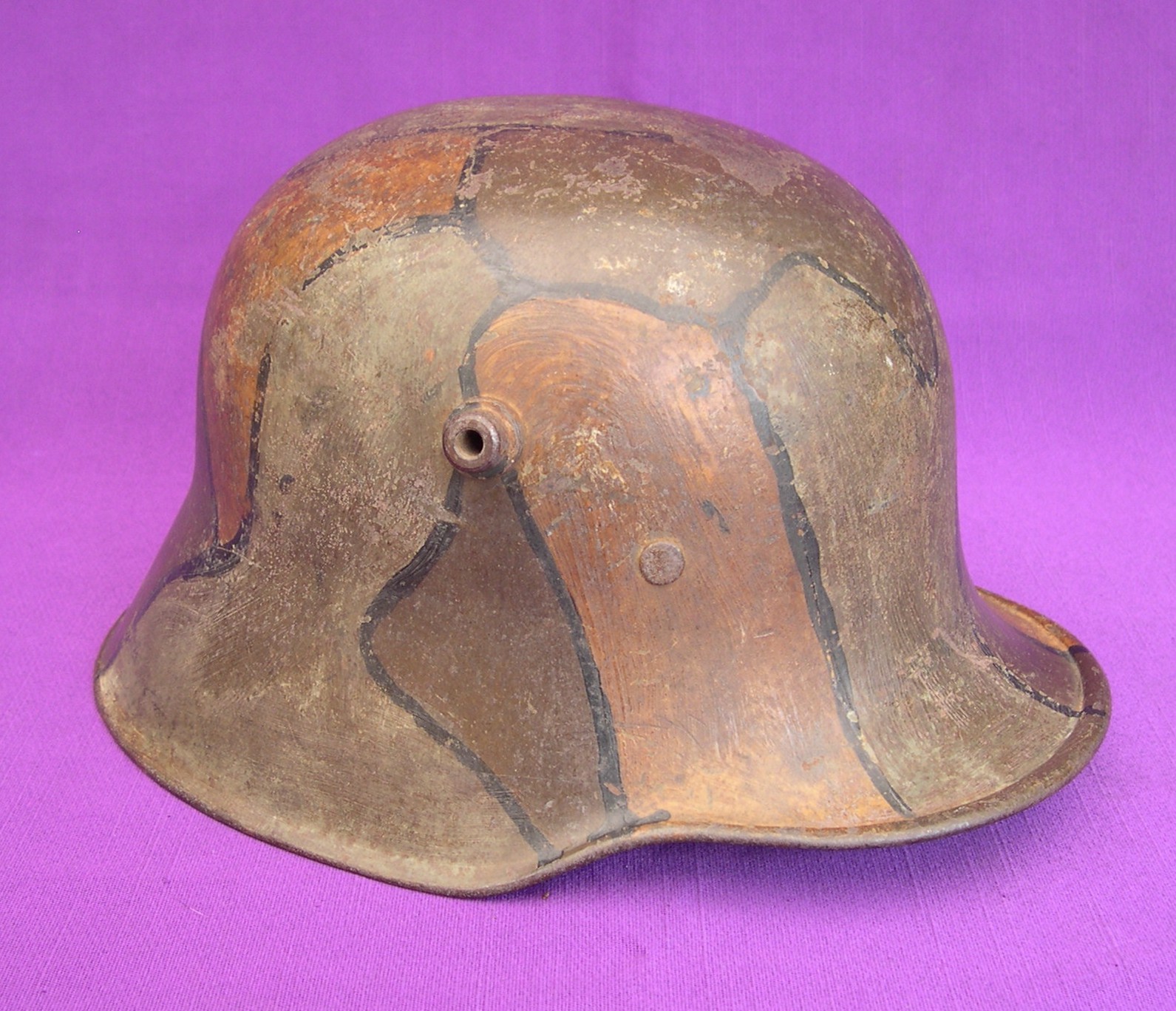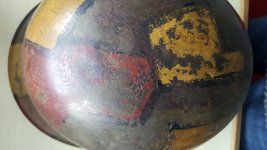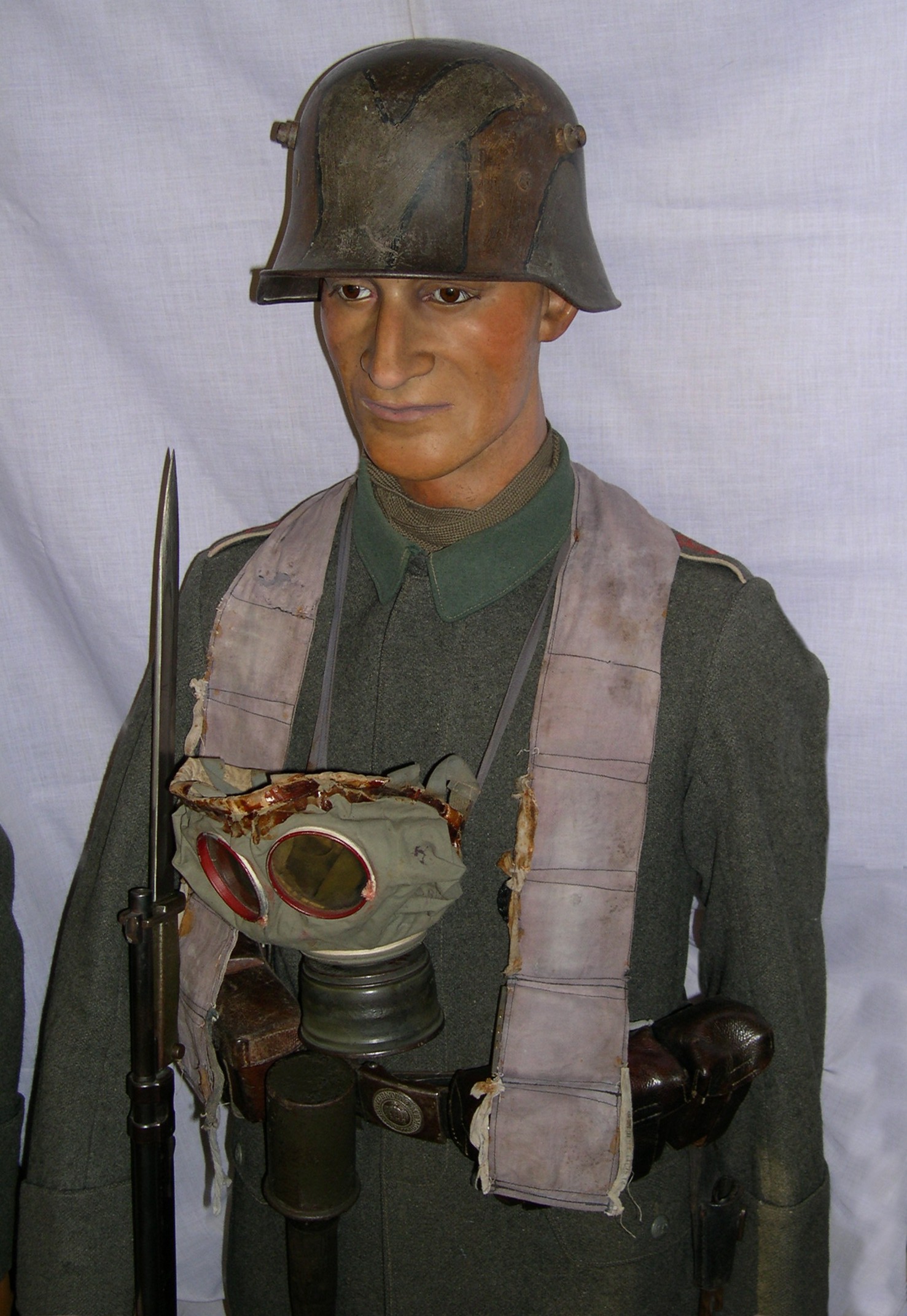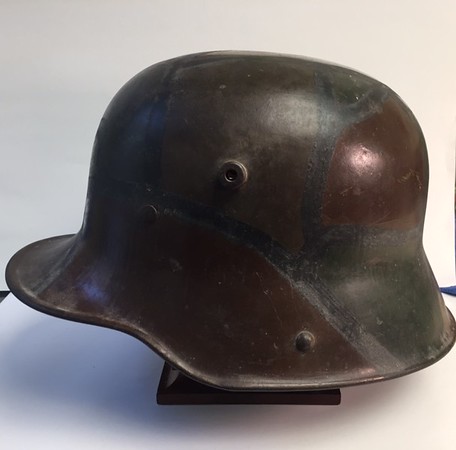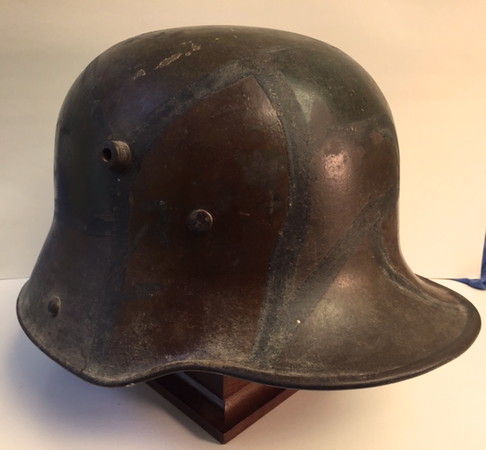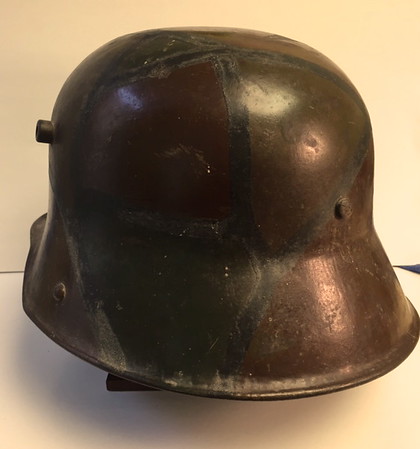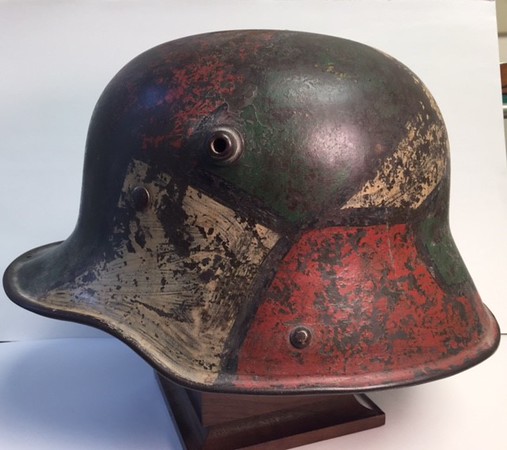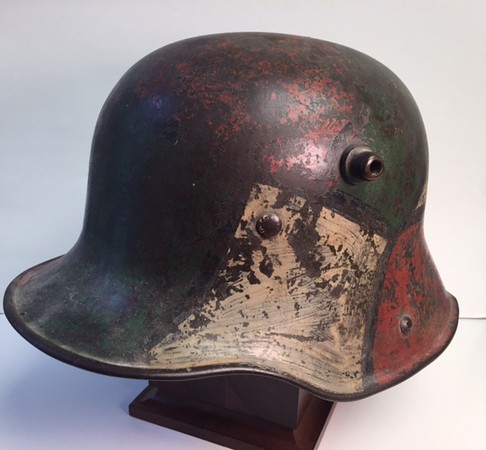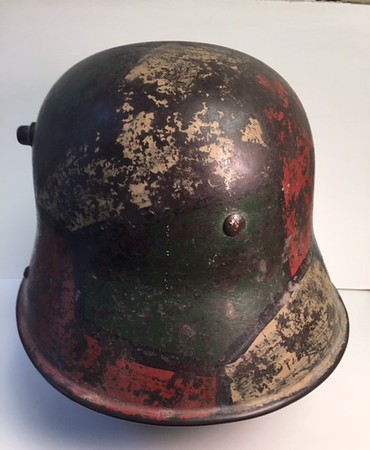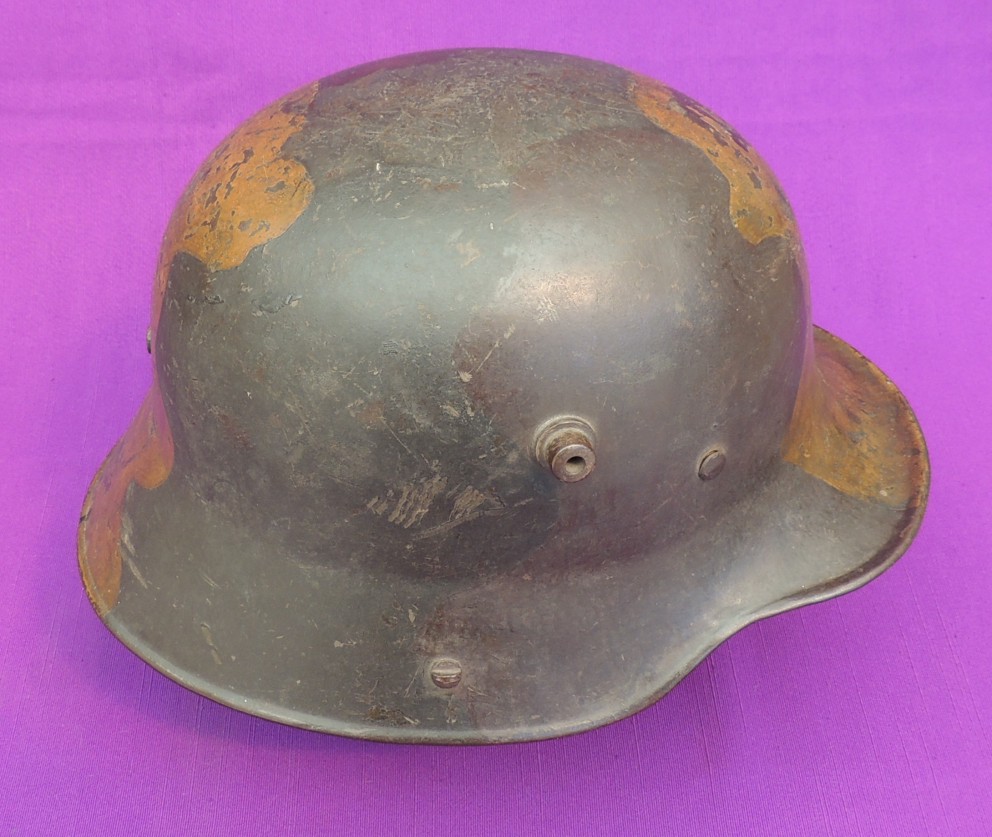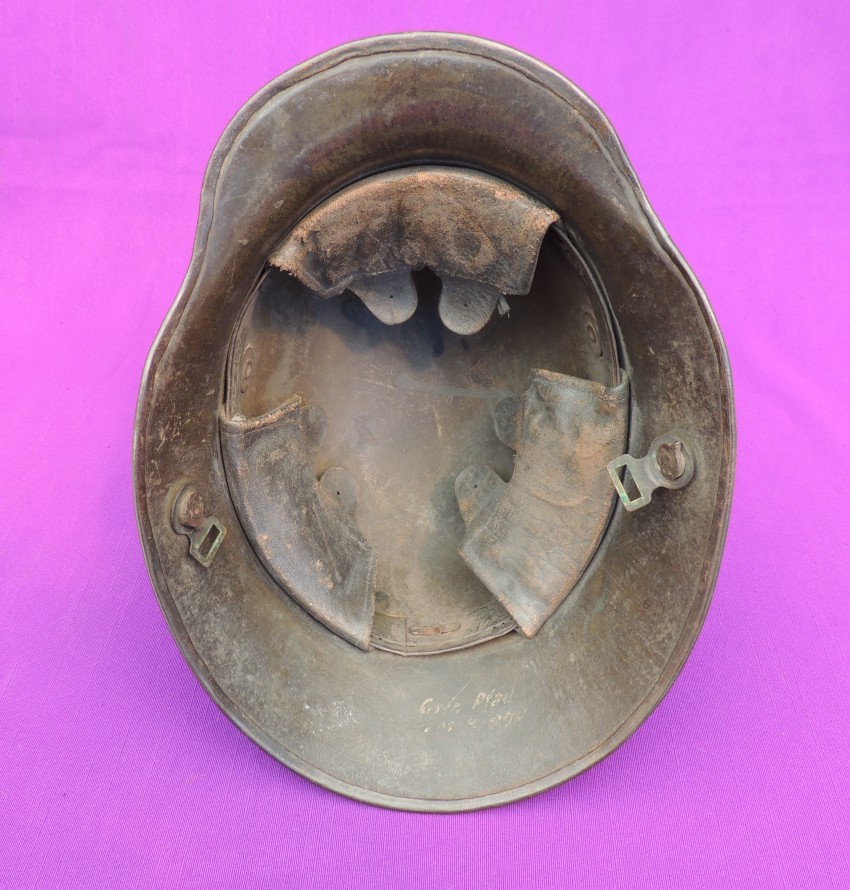chinstrap
Active member
I've always fancied a camouflaged stahlhelm, but they were either too costly, or problematic. I saw this one, which really appealed to me, and I was able to get it at a price I was very happy with. I believe it's the real thing, but I can live with it if it's not. Views, please.
Marked Si66. Chinstrap leather is stiff and brittle and the strap is distorted from being looped inside the shell. I know there are recommendations somewhere on the forum on what to use/not use to treat the leather, which I will check. Is there a name for this type of pattern-I believe there were seasonal variations?
The camo works really well-my wife hasn't spotted it yet!
Seems I can't post more than 5 photos? Sorry about the shininess-struggled with getting decent light on it.
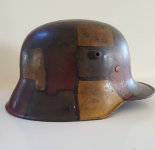
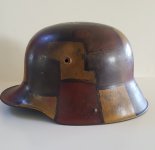
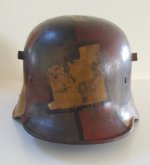
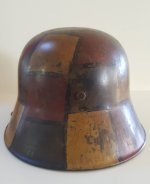
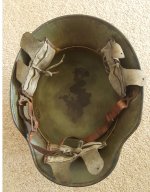
Patrick
Marked Si66. Chinstrap leather is stiff and brittle and the strap is distorted from being looped inside the shell. I know there are recommendations somewhere on the forum on what to use/not use to treat the leather, which I will check. Is there a name for this type of pattern-I believe there were seasonal variations?
The camo works really well-my wife hasn't spotted it yet!
Seems I can't post more than 5 photos? Sorry about the shininess-struggled with getting decent light on it.





Patrick

